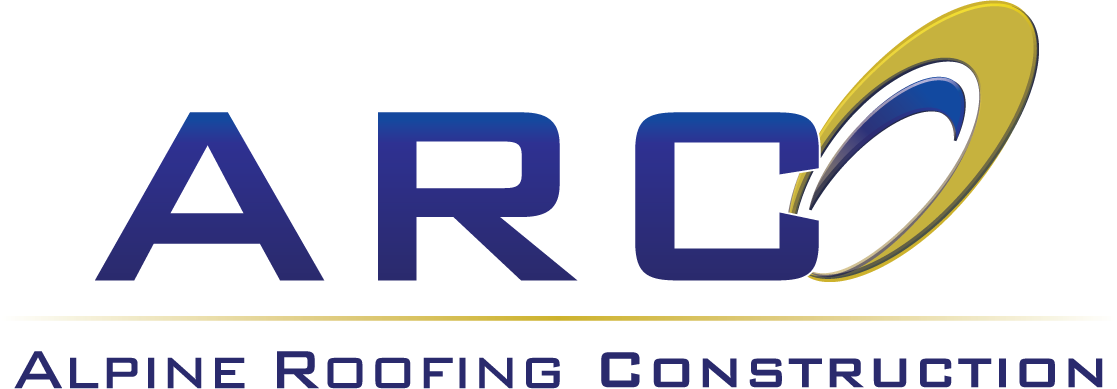While Texas is known for its sunshine and warm temperatures, residents still experience snow, ice, and freezing temperatures in the winter months. It’s common for there to be snow and ice in the morning, and then everything thaws in the afternoon, but sometimes the cold sticks around.
While snow and ice accumulation on a building’s roof can cause issues by itself, the constant melting and refreezing of snow and ice on a roof can cause something called an ice dam.
Simply defined, ice dams are blockages. They are a piece of ice (often a large piece) that has compressed due to water melting and then freezing again in the same spot on a roof. This spot continues to block more and more water that melts and then freezes, and the process continues to get more and more backed up (and bigger).
Damages
If ice dams are not addressed, they can cause additional damage like dislodging and ruining gutters. Additionally, the unfrozen water pooling behind or around an ice dam can leak into your roof. Ice dams have the potential to get very heavy, and excess weight on any part of a roof, gutter, or drainage system is never good.
Ice dams ultimately hinder the ability of a roof to do one of its main jobs, which is shedding water off the roof. Excess water or stuck water seeps under roofing materials like shingles, and when spring rolls around, unexpected leaks appear. Shingles affected by an ice dam are often ripped and damaged to the point that they need to be replaced or more leaks will occur.
Eaves and Ice Dams
To understand ice dams, we first need to understand what causes them, and we’re going to start with a seemingly unrelated element: eaves on a roof.
While this is not always the case for every building, most roofs are designed to have eaves. Eaves are the edges of the roof that hang over the side of the building and are part of the roof’s design to shed water. Eaves are also where gutters are installed because that’s where water runs off the roof. The gutters then help the water flow to the ground.
So what do eaves have to do with ice and snow accumulation?
During the winter months and when the temperature drops, homes generate heat. Heat rises, so the warmest part of a building often becomes the attic or ceiling. A roof is installed directly above this attic or ceiling, so the roof itself is warmed a little bit as well.
Eaves, however, do not get this extra warmth because they are hanging out past the building. So you end up with a situation where the main part of the roof is warm, but the edges are cold. In winter, not only are the edges cold, but they can be freezing, and that means anything that touches them starts to freeze.
When snow or ice falls on a roof, the heat from the inside of the house — plus the fluctuation of the air temperature and direct sunlight outside — causes it to melt. Melting snow and ice turn back to their liquid state and in an ideal situation flow right off a roof like it’s designed. But what happens when that melted water hits an eave that hasn’t quite warmed up yet? What if that eave is still at a freezing temperature? That water turns right back to ice, and it’s stuck.
What’s even worse about the scenario above is that the ice is usually stuck in the gutter as well as on the eave itself. Meaning, not only is ice now starting to accumulate and weigh down the gutter, but the ice is preventing the gutter from doing its job as well. Now picture this happening throughout the day and again every following day. Before long, not only are all the gutters full of ice, but every time more water hits the ice and freezes, more ice accumulates.
This is the ice dam cycle, and icicles forming down the corners of gutters is a big sign this problem is occurring on a building.
Prevention
While safe snow and ice removal on a roof are always recommended, the main prevention for ice dams is making sure a home insulates and ventilates well. This will help places like the attic regulate heat and not change the roof temperature so drastically compared to the outside temperature.
There are tests and professional inspectors that can help homeowners understand insulation and ventilation issues, and it’s recommended that homeowners get an inspection annually.
If you own a home or business in the Dallas or Fort Worth area, and your roof was damaged by an ice dam, there are also professionals available to help, like us.
Serving the DFW Metroplex
At Alpine Roofing Construction, we’ve been in the roofing business for over twenty years, and we specialize in roof repair, maintenance, replacement, and installation. If you have an issue from an ice dam situation that you need resolved or something else is needed for your roof project, we have you covered. Give us a call to schedule an appointment today or receive a quote!
